

Articles
How To Store Spinach In The Refrigerator
Modified: March 23, 2024
Learn how to store spinach in the refrigerator with these helpful articles. Keep your spinach fresh and crisp for longer with our expert tips and tricks.
(Many of the links in this article redirect to a specific reviewed product. Your purchase of these products through affiliate links helps to generate commission for Storables.com, at no extra cost. Learn more)
Introduction
Welcome to our comprehensive guide on how to store spinach in the refrigerator! Whether you’re a health-conscious individual or a culinary enthusiast, spinach is an essential ingredient in many dishes due to its nutritional value and versatility.
When it comes to leafy greens like spinach, proper storage is crucial to maintain its freshness and flavor. No one wants to open the refrigerator and find wilting, slimy spinach leaves! In this article, we’ll dive into why it’s important to store spinach properly, the factors to consider when storing it, and the recommended methods to keep your spinach fresh for as long as possible.
So, let’s get started and learn how to store your spinach in a way that preserves its quality and maximizes its shelf life!
Key Takeaways:
- Properly storing spinach in the refrigerator is crucial to maintain its freshness, nutritional value, and flavor. Follow recommended methods and tips to maximize its shelf life and enjoy its health benefits.
- Keep an eye out for signs of spoilage, such as wilting, discoloration, foul odors, and sliminess, to ensure you’re consuming fresh and safe spinach. Proper storage is key to enjoying this nutritious green leafy vegetable.
Read more: How To Store Spinach
Why it is important to store spinach properly
Properly storing spinach is essential to maintain its nutritional value, taste, and texture. Here are some reasons why it is important to store spinach properly:
- Prolong Shelf Life: Taking the time to store spinach correctly can help extend its shelf life. This means you can enjoy your spinach for a longer period, reducing wastage, and ensuring you always have fresh greens on hand.
- Retain Nutrients: Spinach is packed with essential vitamins and minerals like vitamin A, vitamin C, vitamin K, iron, and folate. However, these nutrients are delicate and can degrade over time. By properly storing spinach, you can help retain its nutrient content, ensuring you reap the maximum health benefits.
- Maintain Freshness: Proper storage techniques help to preserve the freshness of spinach. Fresh spinach leaves are crisp, vibrant, and full of flavor. By storing spinach properly, you can avoid wilting, discoloration, and texture degradation, ensuring your spinach remains enjoyable to eat.
- Prevent Spoilage: Improperly stored spinach is prone to spoilage, which can lead to mold growth and an unpleasant odor. Not only does spoiled spinach become inedible, but it can also contaminate other food items in your refrigerator. By storing spinach correctly, you can prevent spoilage and maintain a clean and odor-free refrigerator.
Now that we understand why it is important to store spinach properly, let’s explore the factors you should consider when storing spinach to ensure its longevity and freshness.
Factors to consider when storing spinach
When it comes to storing spinach, there are several factors to consider to keep it fresh and flavorful. Let’s take a look at the key factors:
- Temperature: Spinach is sensitive to temperature variations. It is best stored at a temperature between 32°F and 40°F (0°C and 4°C). Storing spinach at temperatures above 40°F (4°C) can cause it to wilt and spoil faster.
- Humidity: Spinach prefers a slightly humid environment. Excess humidity can lead to moisture accumulation and promote the growth of bacteria and mold. On the other hand, low humidity can cause the leaves to dry out and become wilted. Maintaining a moderate level of humidity is key to keeping spinach fresh.
- Air Circulation: Adequate airflow is important to prevent the buildup of moisture and ethylene gas, which can accelerate spinach’s deterioration. Ensure there is enough space around the spinach leaves for air to circulate in the storage container or bag.
- Location in the Refrigerator: The placement of spinach in the refrigerator can impact its shelf life. It’s recommended to store spinach in the vegetable crisper drawer, away from the coldest areas of the fridge, such as the back wall or the top shelf.
- Separation from Ethylene-Producing Fruits and Vegetables: Ethylene gas is naturally produced by some fruits and vegetables, such as apples, bananas, and tomatoes. Exposure to ethylene can cause spinach to spoil quickly. Keep spinach away from ethylene-producing produce to maintain its freshness.
By taking these factors into account, you can create the optimal storage conditions for your spinach and ensure its longevity. In the next section, we will discuss the recommended storage methods to store spinach in the refrigerator.
Recommended storage methods for spinach in the refrigerator
Now that we understand the factors to consider, let’s explore the recommended storage methods for keeping spinach fresh in the refrigerator:
- Remove Excess Moisture: Before storing spinach, make sure to remove any excess moisture. Excess moisture can lead to wilting and spoilage. Gently wash the spinach leaves and pat them dry with a clean kitchen towel or use a salad spinner to remove excess water.
- Wrap in Paper Towels: After drying the spinach leaves, wrap them in paper towels. The paper towels will absorb any remaining moisture and help prevent condensation. Be sure to wrap each bunch or handful of spinach separately.
- Place in a Plastic Bag: Once wrapped in paper towels, place the spinach in a loosely sealed plastic bag. This will help maintain the humidity levels while preventing excessive moisture buildup.
- Store in the Vegetable Crisper Drawer: The vegetable crisper drawer is the ideal location to store spinach in the refrigerator. It provides a slightly higher humidity level compared to other areas, helping to keep the spinach fresh. Place the bag of spinach in the crisper drawer and ensure it is not overcrowded.
- Avoid Pre-Washing: It is best to store spinach unwashed until ready to use. Washing spinach before storing can introduce excess moisture and accelerate spoilage. Wait to wash the spinach just before incorporating it into your recipes.
By following these recommended storage methods, you can help maintain the freshness and quality of your spinach. However, it’s important to note that spinach is still a perishable item and will gradually deteriorate over time. Let’s explore some tips to maximize the freshness of stored spinach in the next section.
Store spinach in the refrigerator by first removing any damaged leaves, then placing it in a plastic bag with a paper towel to absorb moisture. Keep it in the crisper drawer for up to 5-7 days.
Tips for storing spinach to maximize freshness
To maximize the freshness of stored spinach and ensure that it stays crisp and flavorful, here are some helpful tips:
- Check and Remove any Damaged Leaves: Before storing spinach, carefully examine the leaves for any signs of damage or wilted portions. Remove any damaged leaves, as they can accelerate the spoilage process and affect the quality of the remaining spinach.
- Do Not Pack Spinach Too Tightly: Avoid compacting or overcrowding spinach in the storage container or bag. Overpacking can lead to moisture buildup and increased chances of spoilage. Give spinach enough space to breathe and avoid squishing the leaves together.
- Avoid Storing with Strong-Smelling Foods: Spinach can absorb odors easily, so it’s best to avoid storing it with strong-smelling foods like onions or garlic. If possible, keep the spinach in a separate compartment or container to prevent any unwanted odors from affecting its flavor.
- Use within a Few Days: While properly stored spinach can last up to a week in the refrigerator, it is best to consume it within a few days for optimal freshness. The longer spinach sits in the refrigerator, the more it will degrade in quality.
- Do Not Freeze Fresh Spinach: Freezing fresh spinach can alter its texture and lead to mushiness when thawed. It is best to enjoy spinach fresh or consider blanching and freezing cooked spinach if you want to preserve it for longer periods.
By implementing these tips, you can help prolong the freshness and quality of your stored spinach, ensuring that it remains delicious for your upcoming meals.
Now that we’ve covered the proper storage methods and tips for keeping spinach fresh, let’s move on to discussing the signs that indicate spinach has gone bad.
Read more: How To Store Spinach Leaves
Signs that spinach has gone bad
Despite your best efforts to store spinach properly, there may come a time when it starts to spoil. Here are some signs to look out for to determine if your spinach has gone bad:
- Wilted Leaves: One of the first signs that spinach is no longer fresh is when the leaves start to wilt. The once crisp and vibrant leaves will become limp and lose their firmness. Wilted spinach is an indication that it is past its prime and should be discarded.
- Discoloration: If you notice any discoloration on the leaves, such as dark spots or patches of slimy texture, it is a clear sign that the spinach has gone bad. Discoloration often indicates the presence of mold or bacterial growth, making the spinach unfit for consumption.
- Foul Odor: Fresh spinach has a mild, earthy scent. However, if you detect a strong, unpleasant odor coming from your spinach, it is likely spoiled. A foul odor can be an indication of bacterial growth or decomposition, and it is best to discard the spinach in such cases.
- Slimy Texture: Healthy spinach leaves should feel crisp and tender. If the leaves develop a slimy or mushy texture, it generally means they have started to break down and spoil. Sliminess is a definite sign that the spinach has gone bad and should not be consumed.
If you observe any of these signs, it is important to err on the side of caution and discard the spinach. Consuming spoiled spinach can lead to foodborne illnesses and adverse health effects.
Remember, it’s always better to be safe than sorry when it comes to consuming fresh produce. Regularly inspecting your stored spinach and being mindful of these signs will help you maintain a healthy and enjoyable experience when incorporating spinach into your meals.
Now let’s wrap up our guide on storing spinach properly.
Conclusion
Properly storing spinach in the refrigerator is essential to maximize its freshness, retain its nutrients, and prevent spoilage. By considering factors such as temperature, humidity, and air circulation, you can create an optimal environment for storing spinach.
Follow the recommended storage methods, including removing excess moisture, wrapping the spinach in paper towels, placing it in a plastic bag, and storing it in the vegetable crisper drawer. These steps will help maintain the quality and flavor of your spinach for an extended period.
Additionally, incorporating the tips we discussed, such as removing damaged leaves, avoiding overcrowding, and consuming the spinach within a few days, will further enhance the freshness of your stored spinach.
Be sure to watch out for signs of spoilage, including wilting, discoloration, foul odors, and sliminess. If you notice any of these signs, it’s best to discard the spinach to avoid any potential health risks.
Remember, proper storage of spinach is not only essential for its longevity but also for maintaining its nutritional value. Eat spinach regularly to enjoy its numerous health benefits, including vitamins, minerals, and antioxidants.
We hope that this comprehensive guide has provided you with valuable insights on how to store spinach properly. By following these practices, you can ensure that your spinach remains fresh, flavorful, and ready to enhance your culinary creations.
So, the next time you bring home a bunch of spinach, put our storage tips into practice and enjoy the benefits of having fresh, nutritious greens at your fingertips!
Frequently Asked Questions about How To Store Spinach In The Refrigerator
Was this page helpful?
At Storables.com, we guarantee accurate and reliable information. Our content, validated by Expert Board Contributors, is crafted following stringent Editorial Policies. We're committed to providing you with well-researched, expert-backed insights for all your informational needs.
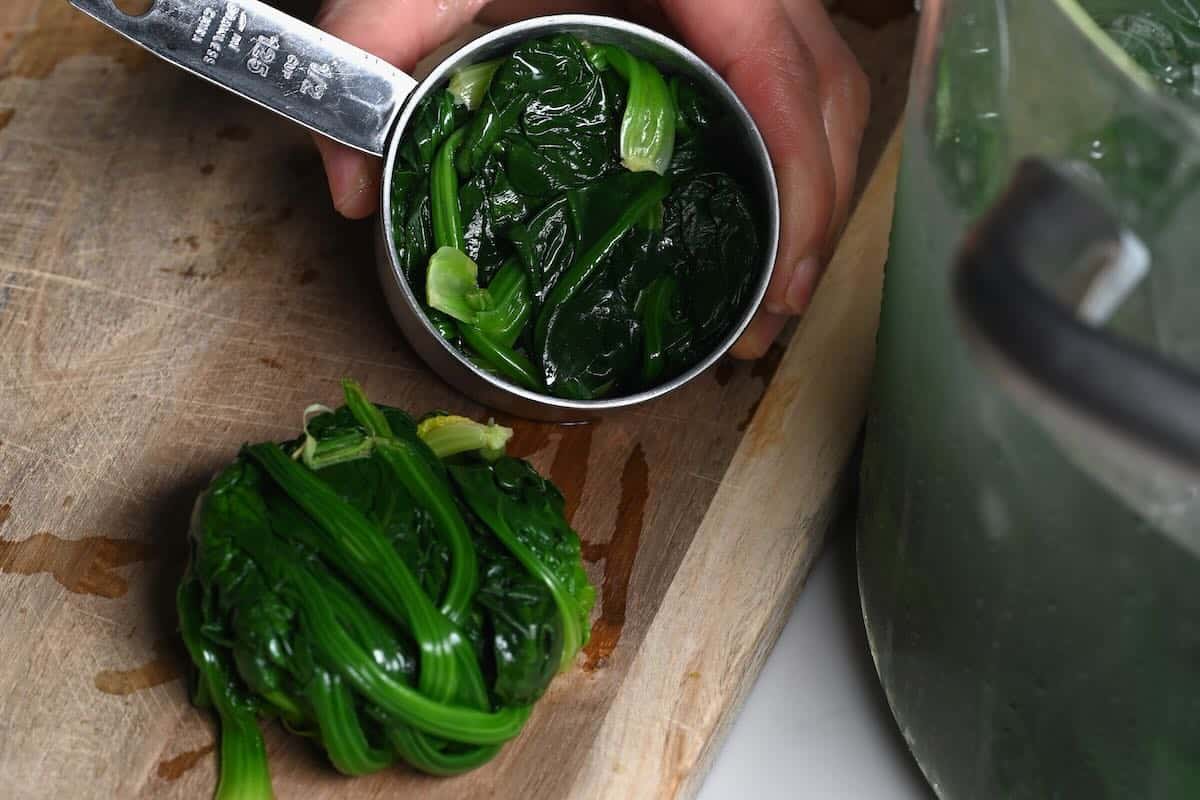
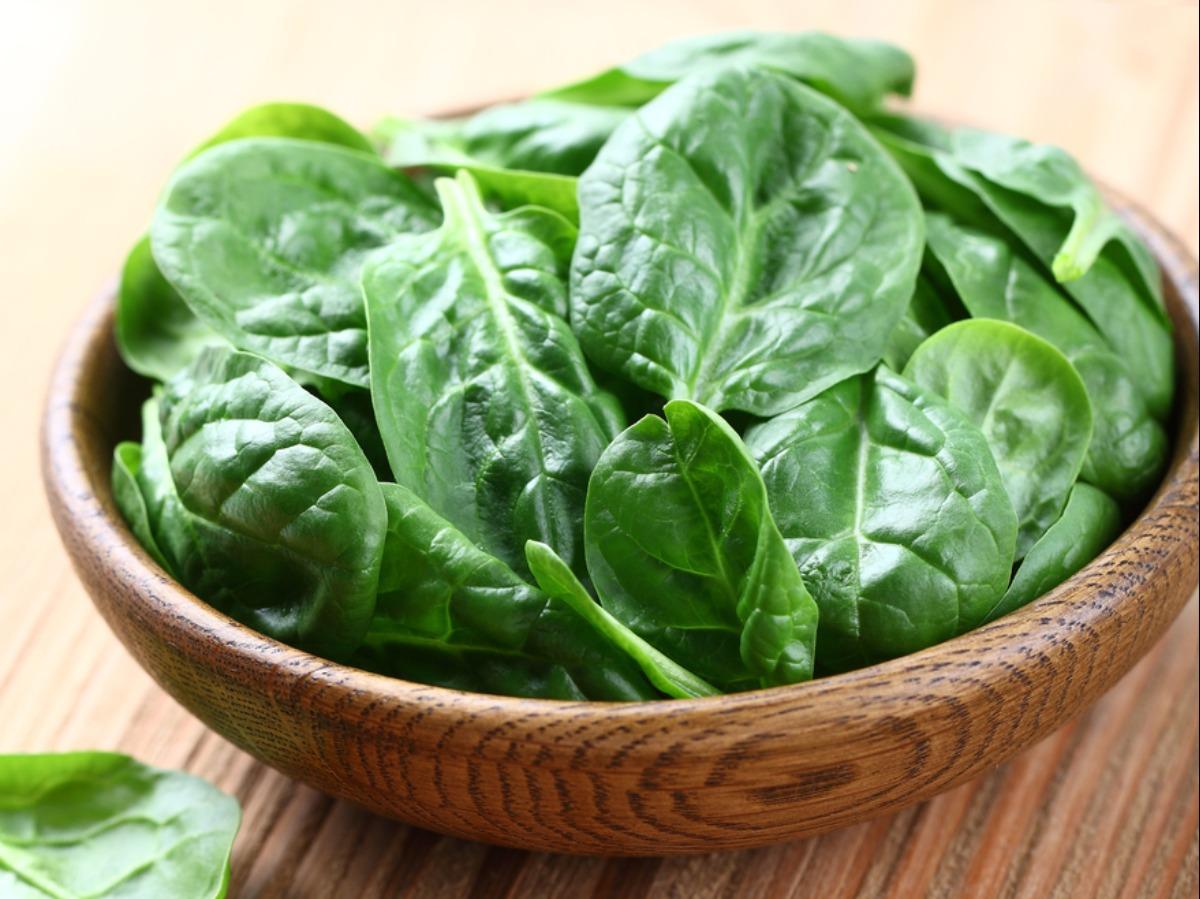
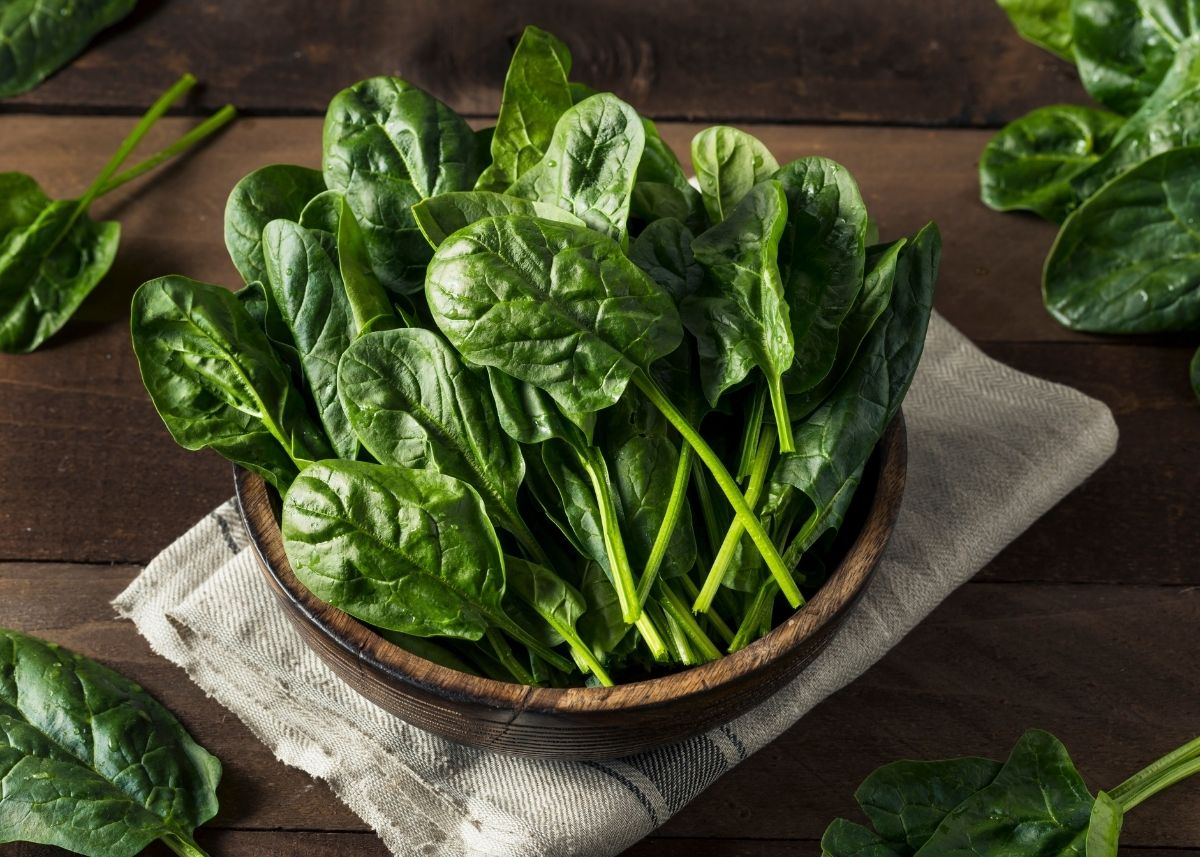
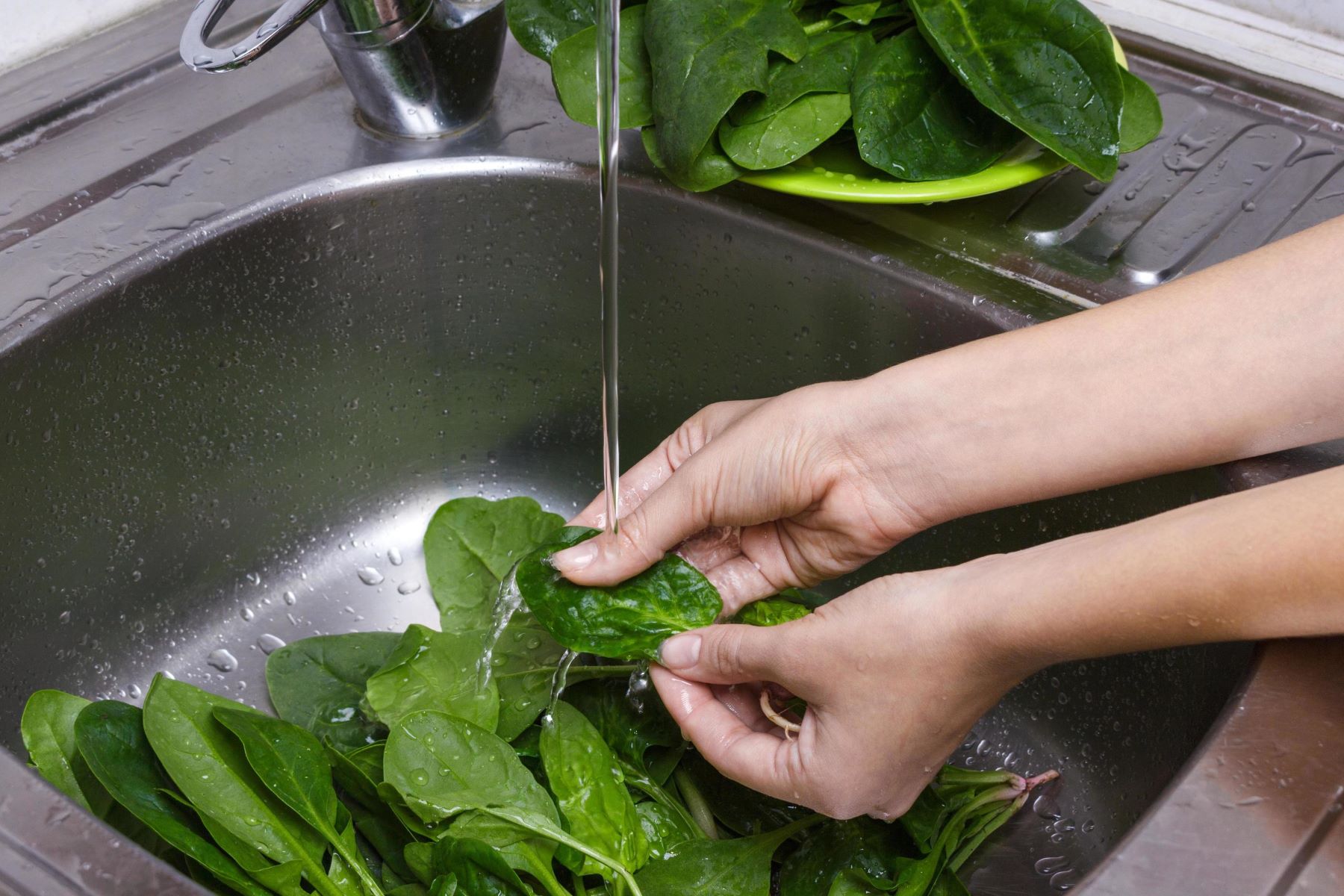
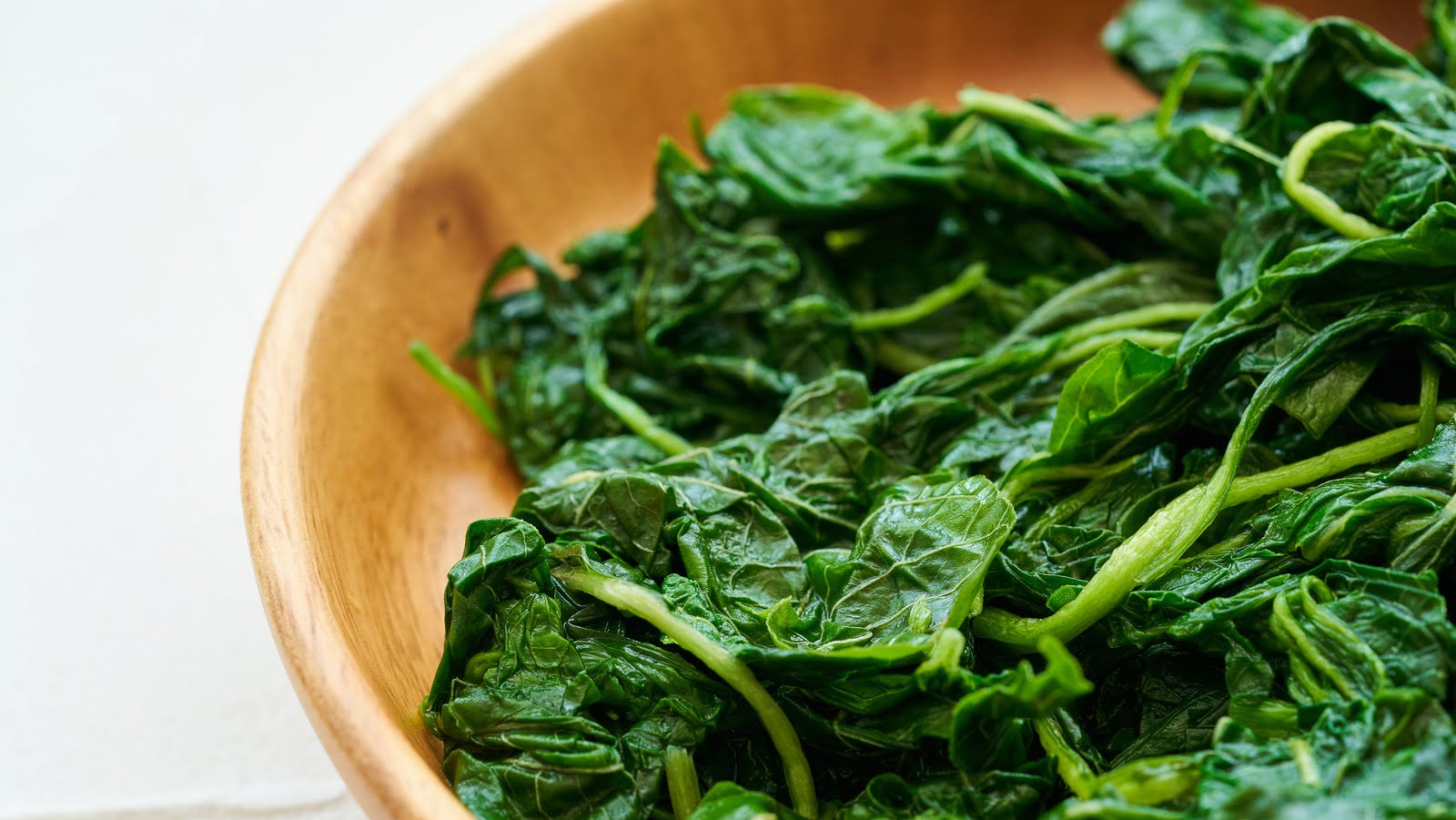
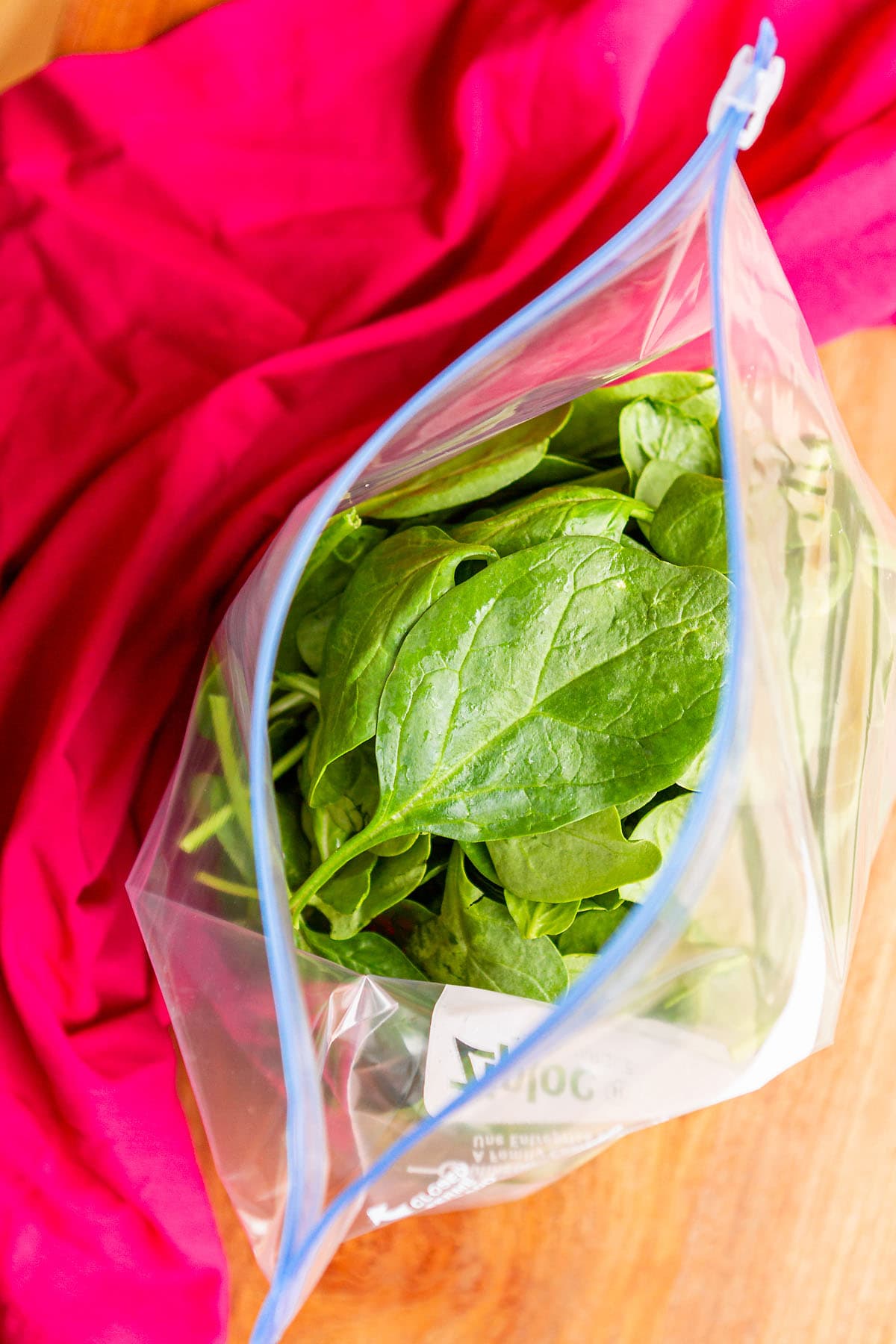

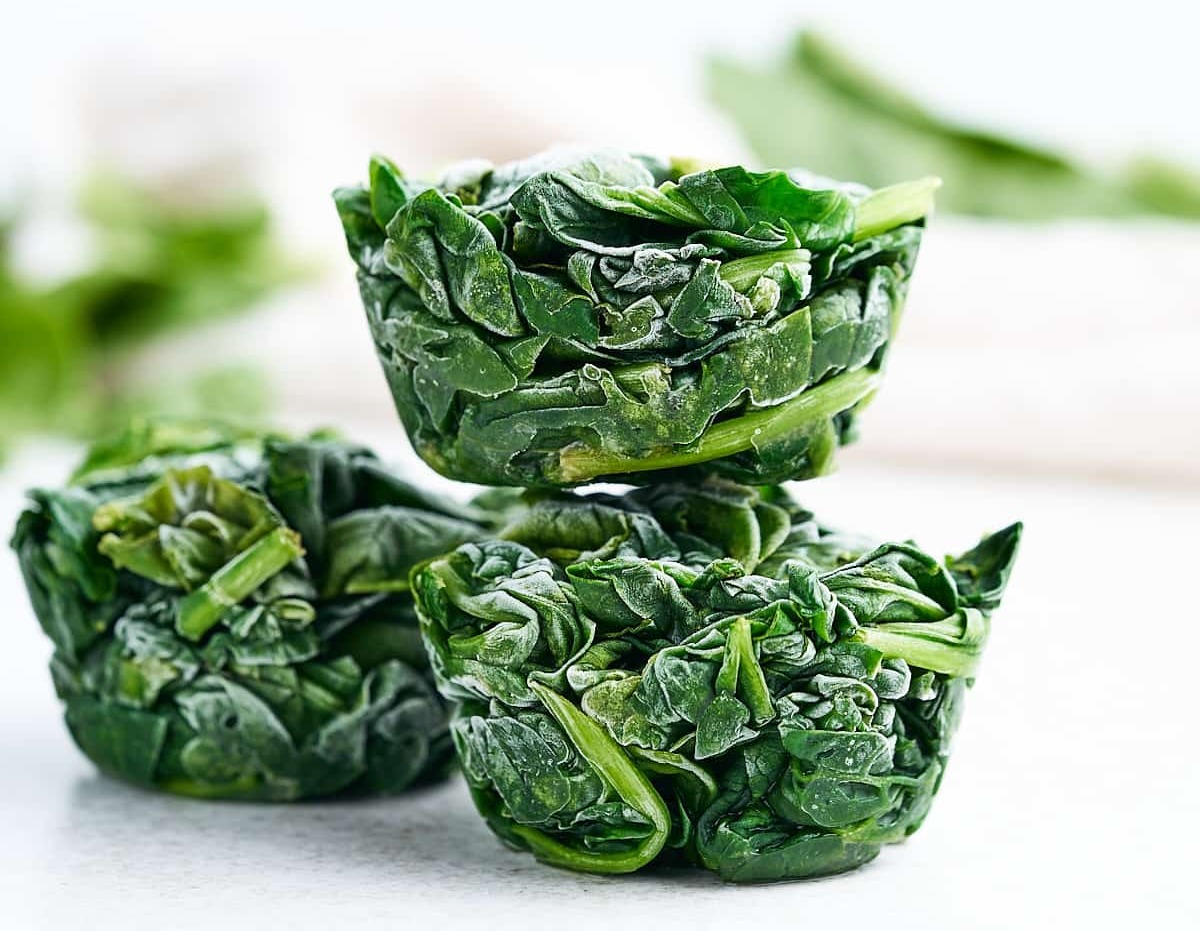

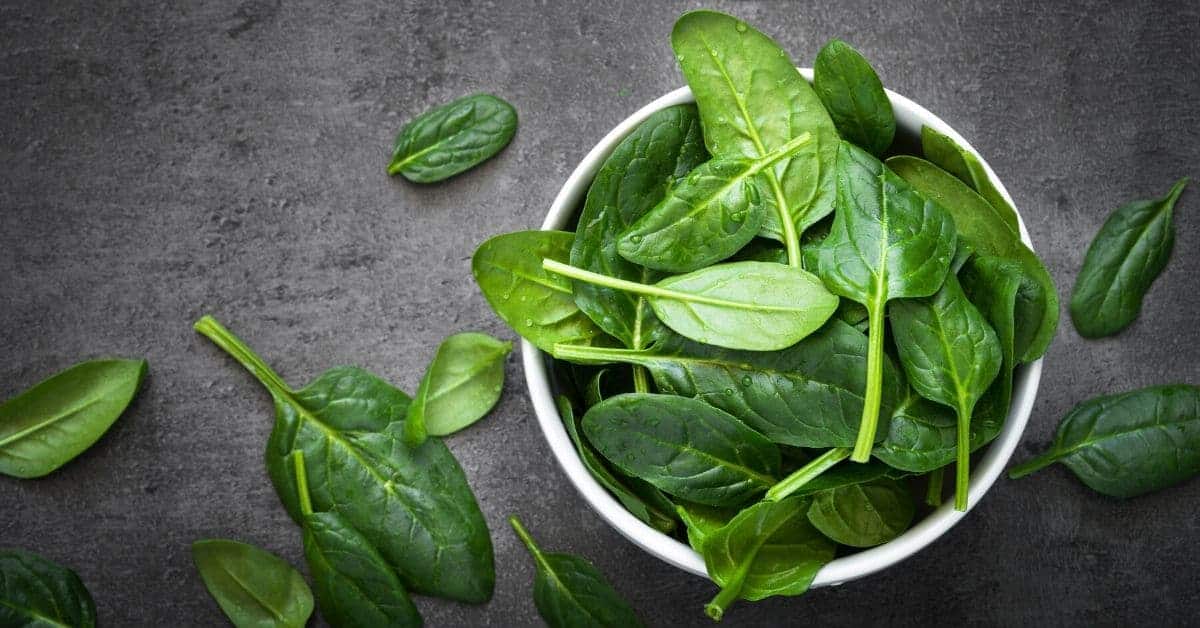
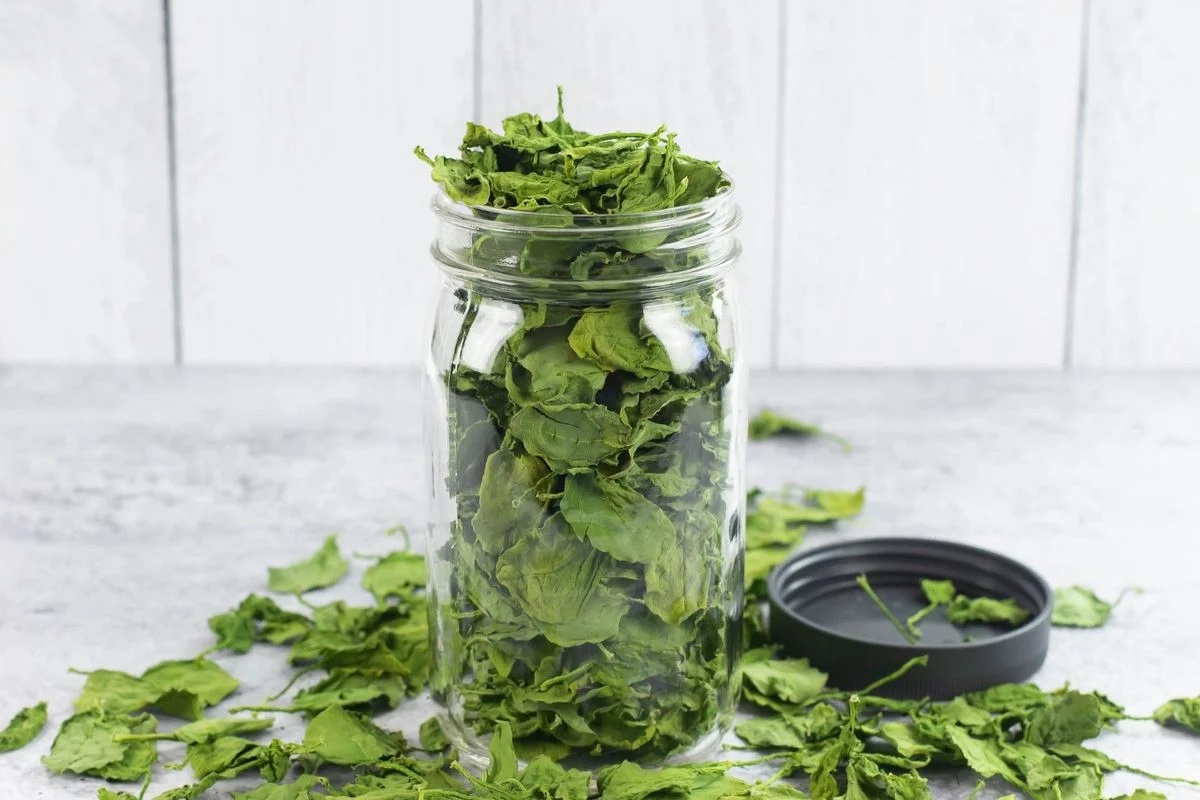
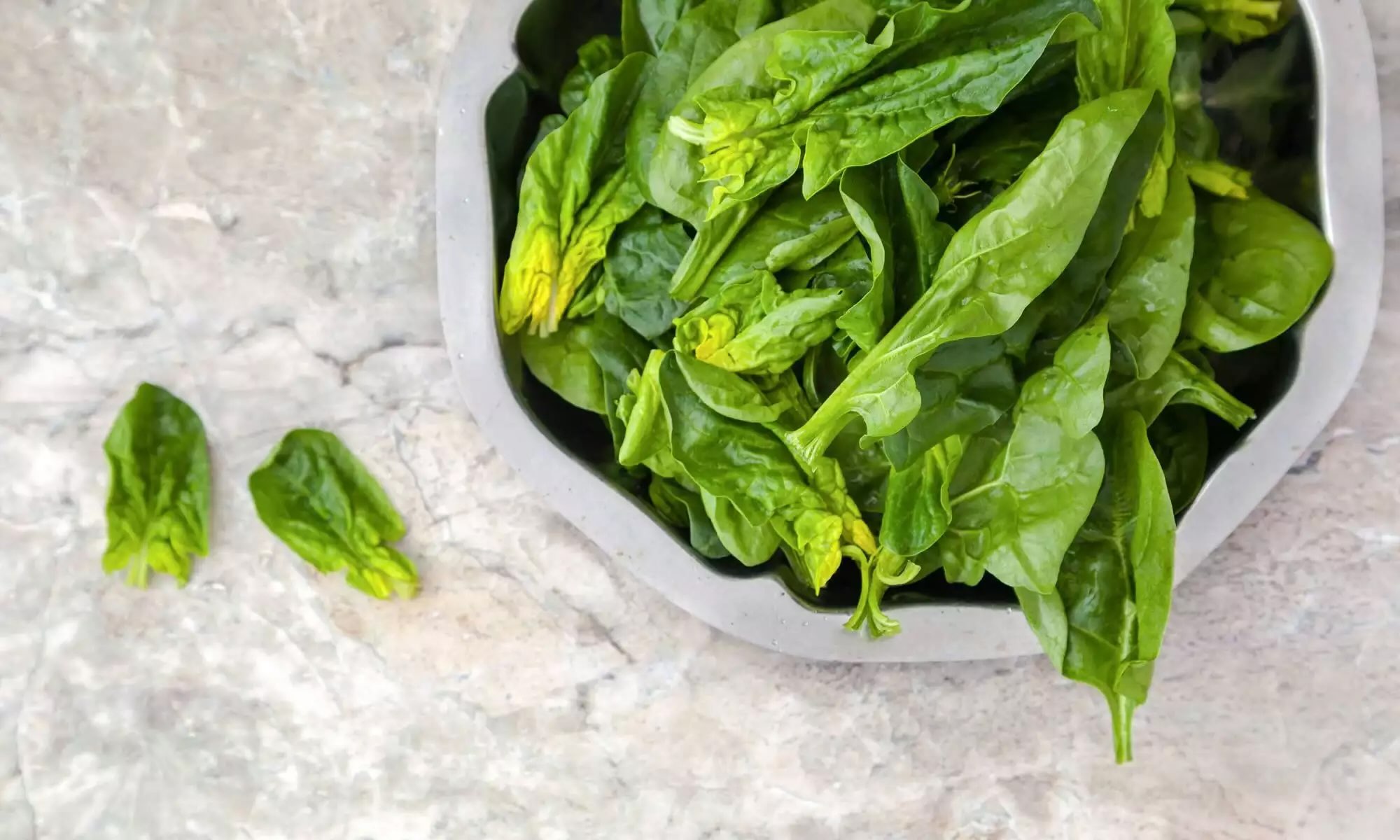



0 thoughts on “How To Store Spinach In The Refrigerator”